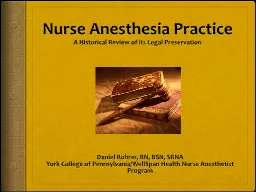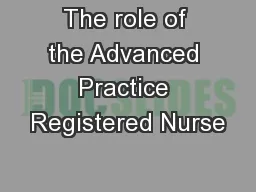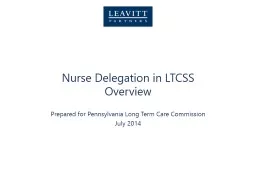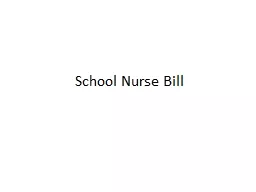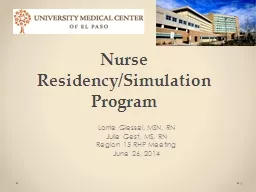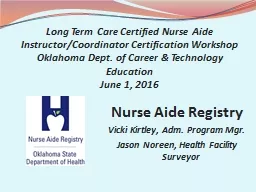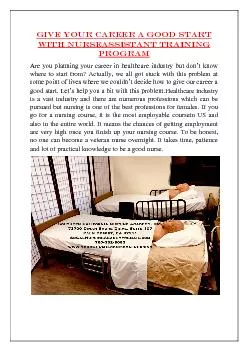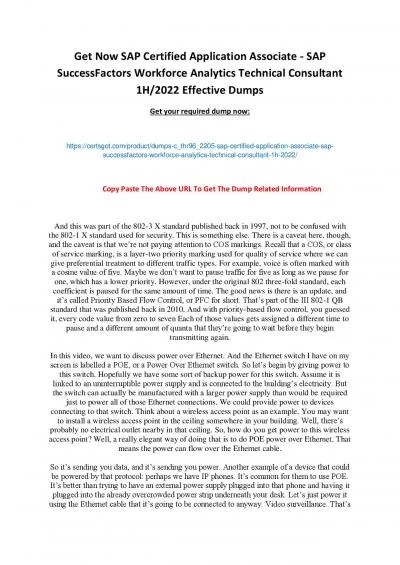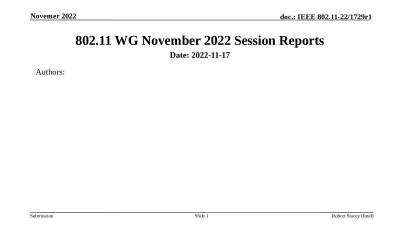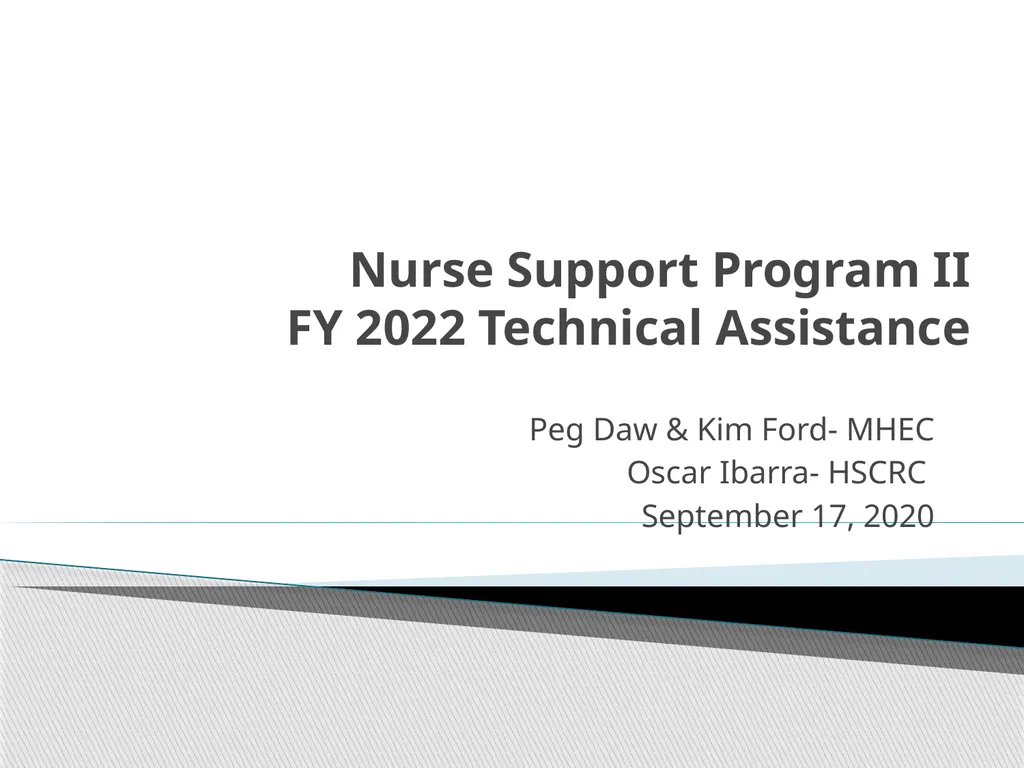
Author : stefany-barnette | Published Date : 2025-06-27
Description: Nurse Support Program II FY 2022 Technical Assistance Peg Daw Kim Ford- MHEC Oscar Ibarra- HSCRC September 17, 2020 NSP I: Oscar Ibarra, Claudine Williams Benjamina Quintanilla oscar.ibarramaryland.gov claudine.williamsmaryland.govDownload Presentation The PPT/PDF document "" is the property of its rightful owner. Permission is granted to download and print the materials on this website for personal, non-commercial use only, and to display it on your personal computer provided you do not modify the materials and that you retain all copyright notices contained in the materials. By downloading content from our website, you accept the terms of this agreement.
Here is the link to download the presentation.
"Nurse Support Program II FY 2022 Technical"The content belongs to its owner. You may download and print it for personal use, without modification, and keep all copyright notices. By downloading, you agree to these terms.
